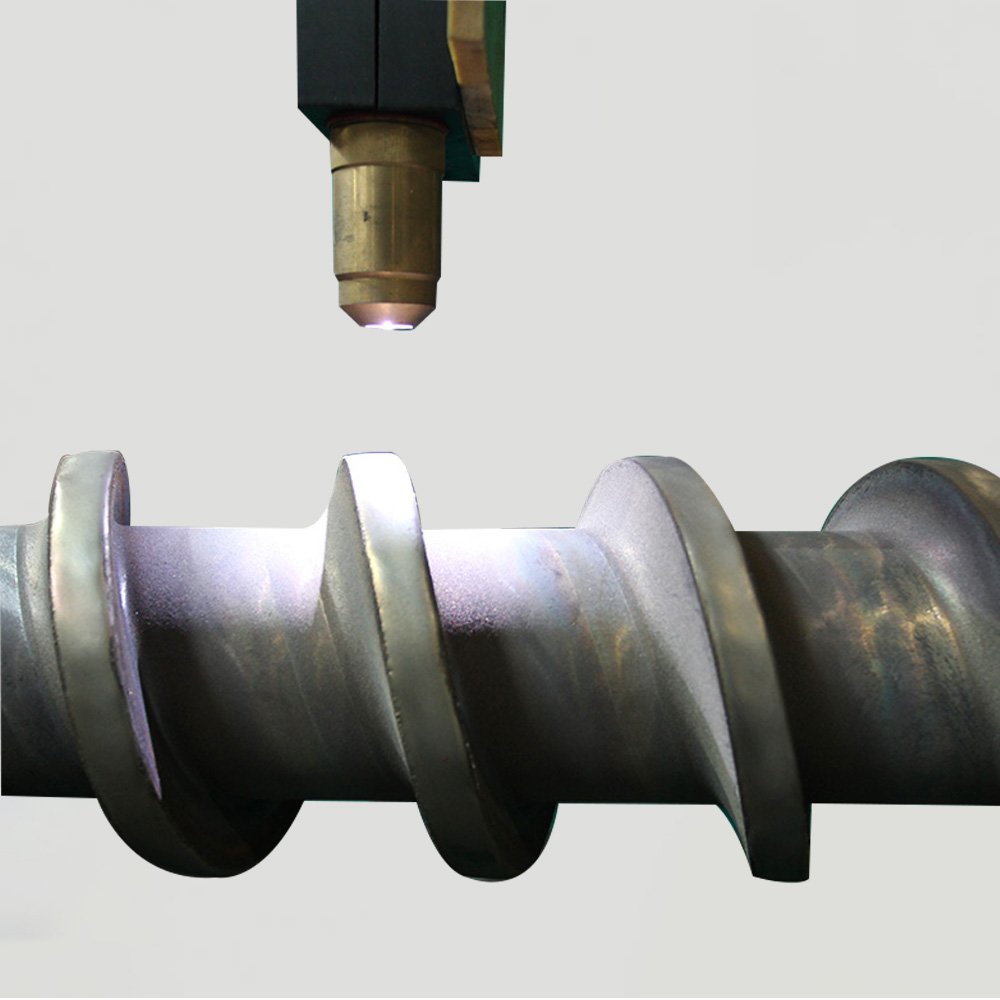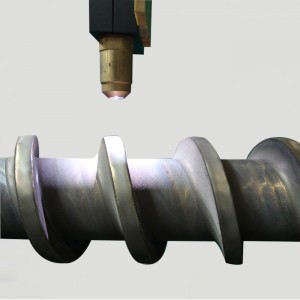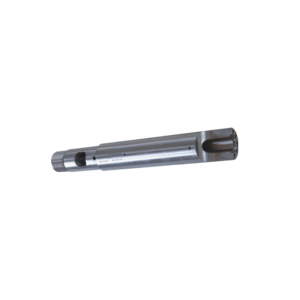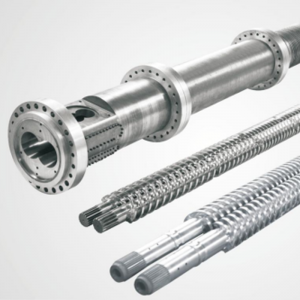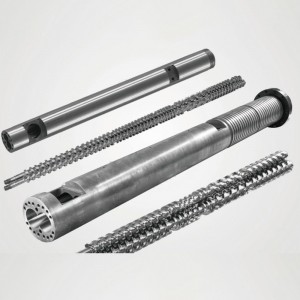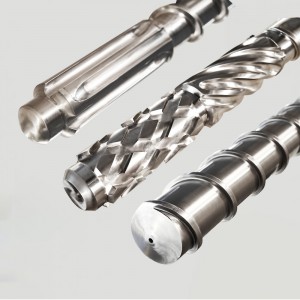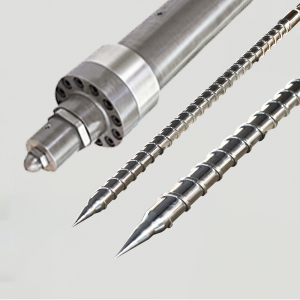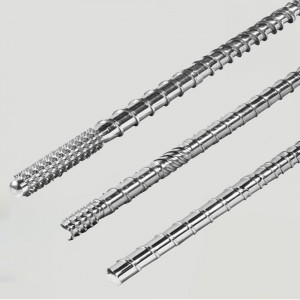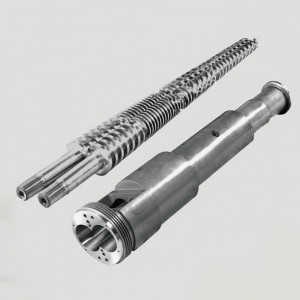Professional extruder alloy screw barrel

An alloy screw is typically composed of two different materials. The core of the screw is made of a high-strength alloy steel, which provides the necessary strength and rigidity. The outer surface, known as the flight, is made of a wear-resistant alloy material, such as a bimetallic composite.
Bimetallic Composite: The wear-resistant alloy material used on the flight of the screw is chosen for its high resistance to abrasive wear and corrosion. It is commonly composed of a high-speed tool steel or tungsten carbide particles embedded in a matrix of a softer alloy. The specific composition and structure of the bimetallic composite depend on the processing requirements and the type of plastic being processed.
Advantages: The use of an alloy screw offers several advantages. The wear-resistant outer layer of the screw significantly improves the screw's lifespan, as it withstands the abrasive forces exerted by the plastic materials during processing. The combination of the alloy flight and the high-strength core allows for efficient plasticizing and conveying of materials while maintaining the structural integrity of the screw.
Application: Alloy screws are commonly used in processing applications that involve abrasive or corrosive plastics, high processing temperatures, or high injection pressures. Examples include processing filled plastics, engineering plastics, thermosetting materials, or materials with high glass fiber content.
Maintenance and Repair: Alloy screws can be repaired or refurbished by methods such as hardfacing or re-lining the worn flight with a new layer of wear-resistant material. This allows for the restoration of the screw's performance and extends its service life.

It's important to note that the specific composition and design of alloy screws can vary depending on the manufacturer and the requirements of the plastic processing application. Alloy screws are often chosen based on the specific characteristics of the plastic material being processed and the processing conditions involved.
confirm the design--arrange the order--Laying-off the material--drilling--rough turning--rough grinding--hardening & tempering--finish turning outer
diameter--rough milling threand--alignment (removal of material deformation)--finished milling thread--polishing--rough grinding outer diameter--milling the end
spline--nitriding treatment--fine grinding--polishing--packaging--shipping

